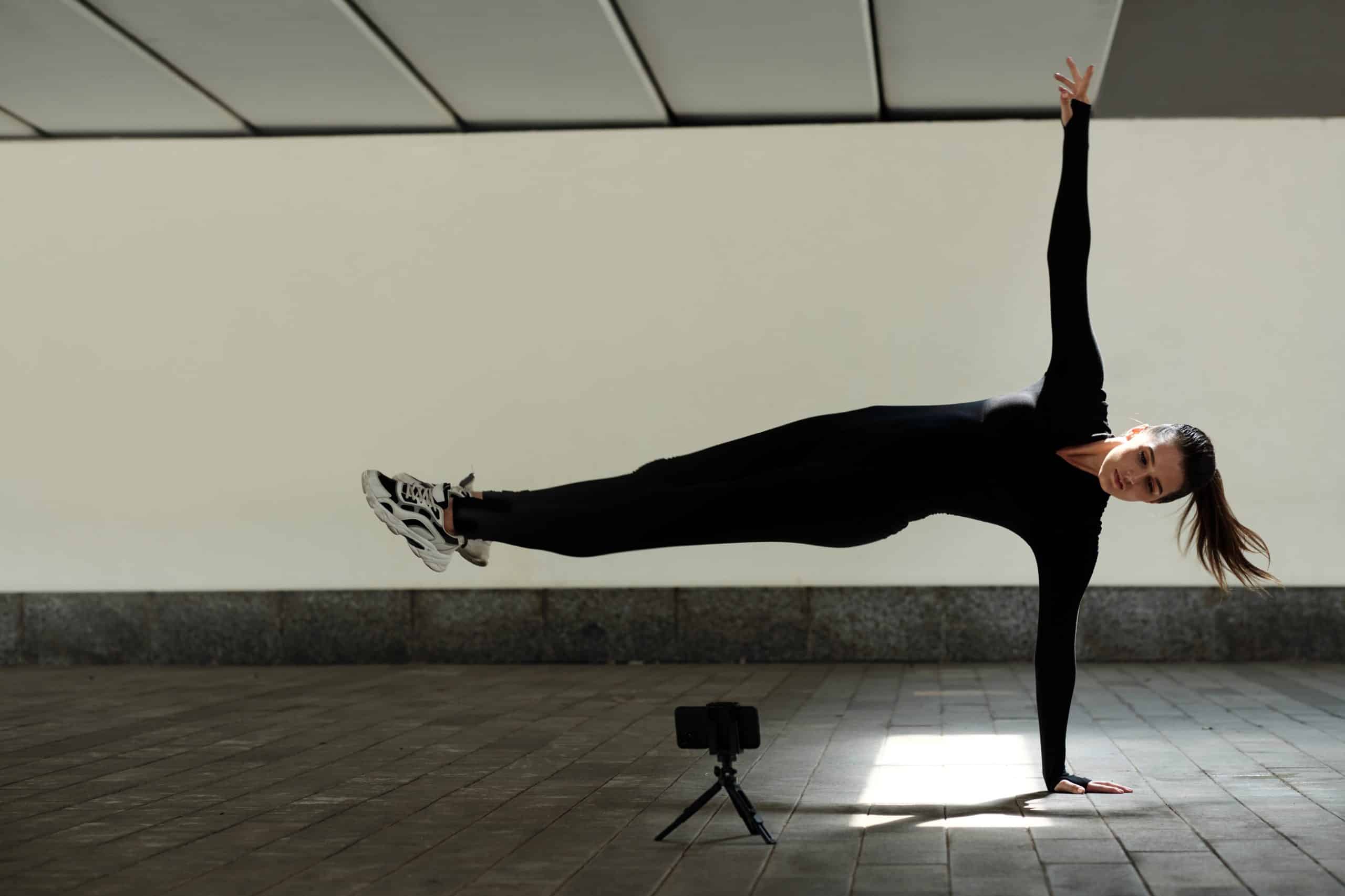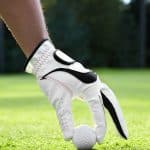We live in the era of technology, where even sports have not been left untouched. With the advancement of technology, sports science has managed to provide athletes with tools that can help them improve their performance. One such tool is the wearable muscular oxygen sensor. In the world of skiing, where endurance is a key factor for success, wearable muscular oxygen sensors are increasingly becoming an invaluable resource for skiers. In this article, we’ll delve into how these sensors can help improve endurance in elite cross-country skiers.
The Science Behind Training for Skiing
Before we venture into the world of wearable sensors, it’s crucial to understand the science behind training for skiing. Skiing is a sport that demands a lot from the human body. It requires strength, intense muscle exertion, and at the same time, a high amount of endurance.
A lire aussi : What’s the Role of Virtual Wind Tunnels in Optimizing Aerodynamics for Racing Cyclists?
According to a study by Holmberg, who is a renowned expert in the field of sports science, the body’s performance during skiing can be significantly improved with the right kind of training. Holmberg’s research, published in the Journal of Applied Physiol (DOI: 10.1152/japplphysiol.01164.2012), emphasizes the importance of high-intensity interval training in improving the endurance of skiers.
The data from the research shows that high-intensity training can improve the body’s ability to take in and utilize oxygen, which in turn, can help skiers maintain a high intensity of activity for longer periods. This is where muscular oxygen sensors come into play.
A lire également : What Are the Best Strategies for Accelerating Skill Development in Junior Golfers?
The Role of Muscular Oxygen Sensors
Training for skiing is no longer just about physical exertion. It’s also about understanding your body’s response to that exertion, and adjusting your training accordingly. This is where muscular oxygen sensors can truly make a difference.
Muscular oxygen sensors are wearable devices that can measure the amount of oxygen in your muscles during exercise. These sensors can provide real-time data about the level of oxygenation and deoxygenation occurring in your muscles as you work out. This data can be incredibly useful in fine-tuning your training regimen.
By using muscular oxygen sensors, skiers can understand how their body is reacting to different intensities of training. The data collected by the sensors can help skiers adjust their training intensity, ensuring they do not overtrain or undertrain, thus improving the effectiveness of their training.
Implementation of Muscular Oxygen Sensors in Training
Implementing muscular oxygen sensors into a skier’s training program can be a game-changer. A study by Holmberg, published in the Journal of Science and Medicine in Sport (DOI: 10.1016/j.jsams.2013.05.007), shows that using these sensors in combination with high-intensity interval training can significantly improve the endurance of elite cross-country skiers.
The wearable sensors analyze the body’s response to different training intensities. This information can be used to adjust the training plan, ensuring that skiers are training at the right intensity to maximize their performance.
As the training progresses, the data from the sensors can be used to gauge improvements in the body’s ability to utilize oxygen, thus providing a clear indication of improved endurance.
The Future of Wearable Sensors in Skiing
The world of skiing, like many other sports, is evolving. It’s not just about the skier’s skill anymore; it’s also about understanding the body’s performance and finding ways to improve it.
Wearable muscular oxygen sensors are proving to be an invaluable tool in this regard. They provide accurate and real-time data about the body’s oxygen utilization, which in turn, can be used to fine-tune training programs for improved endurance.
In the future, as wearable technology becomes more advanced, we can expect to see even more sophisticated sensors that can provide a plethora of data about the body’s performance during exercise. This could include data on muscle activation, lactate concentration, and even neurological activity, all of which could be used to further enhance the training and performance of elite cross-country skiers.
As the science behind sports training continues to advance, it’s clear that wearable sensors are set to play a key role in the future of skiing.
Fine-tuning Interval Training with Muscular Oxygen Sensors
Harnessing the power of wearable muscular oxygen sensors is a game-changer in tailoring training schedules for cross-country skiers. These sensors provide real-time data on the body’s oxygen consumption, enabling adjustment of the intensity of interval training and ensuring that skiers are training at the correct intensity to optimize their performance.
Muscular oxygen sensors can accurately measure the level of oxygenation and deoxygenation occurring within the muscles as skiers engage in intensive exercise. Skiers can thus gain keen insights into how their body is responding at varying levels of training intensity. The information gathered from these sensors can help guide athletes to tweak their training intensity, steering clear of overtraining or undertraining. This fine-tuning process is crucial in enhancing the efficacy of their training, further boosting their performance.
It’s worth noting that muscular oxygen sensors are not merely tools for elite cross-country skiers. These devices can prove beneficial to anybody involved in high-intensity sports or physical activities. They offer a precise way to monitor the body’s response to exercise, leading to more tailored and effective training regimens.
A study by Holmberg, published in the Journal of Science and Medicine in Sport (DOI: 10.1016/j.jsams.2013.05.007), underscores the significant role of wearable muscular oxygen sensors in cross-country skiing training programs. The study shows that the integration of these sensors into high-intensity interval training can vastly improve the endurance of elite skiers.
The Future Holds Promise: Advanced Wearable Technology in Cross-Country Skiing
The evolution of wearable technology is bound to revolutionize the world of cross-country skiing further. The future of wearable sensors extends beyond simply tracking the body’s oxygen utilization. It’s expected that future advancements may deliver more sophisticated sensors capable of monitoring a wide array of biophysical data.
These future wearable sensors may be capable of furnishing data on muscle activation, lactate concentration, and even neurological activity. Such comprehensive data could further refine training and performance of elite cross-country skiers.
Advances in applied physiology and sports science will continue to transform our understanding of the human body’s response to exercise intensity. As we continue to explore the boundaries of wearable technology, it’s clear that these devices will have a central role in shaping the future of cross-country skiing.
In summary, wearable muscular oxygen sensors offer a powerful means of understanding and enhancing the body’s performance. They provide invaluable insights into the body’s oxygen utilization, facilitating the customization of training regimens for improved endurance. As technology evolves, we will no doubt see more intelligent, sophisticated wearable sensors that will continue to shape the future of elite cross-country skiing.











